One can finally feel the distinct drop in temperature.
In the heart of Tea lovers, there is a silent acknowledgment: It's tea brewing season.
Lin Qingxuan wrote in “Boiling Snow,” that in legends, people in the Arctic would have their words freeze into snow because of the extreme cold. Unable to be heard, they would take the snow home to roast and slowly speak, a story that is beautifully touching.
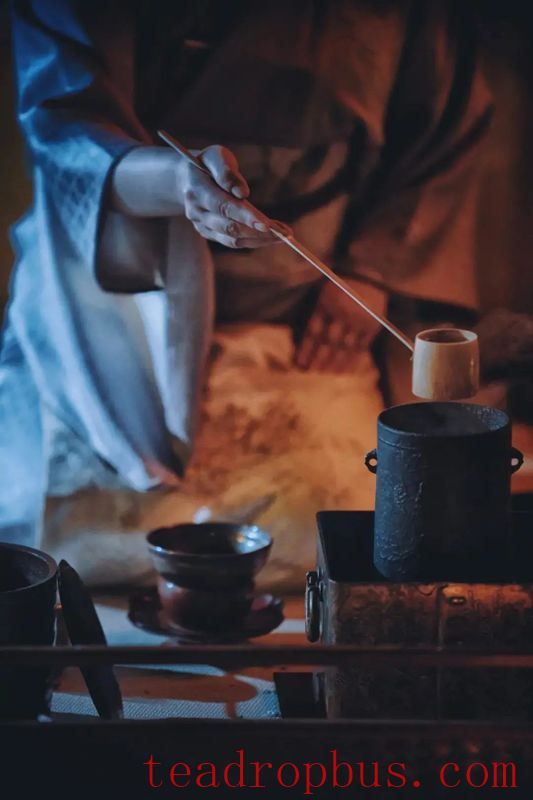
Brewing tea is something that every tea lover longs for as the seasons turn to autumn and winter.
Brewing is a process, but it is also a wait—a wait for transformation, a wait for surprises…
Place the tea in water; as the temperature rises, watch the steam gradually spread, the aroma of tea slowly fill the air, and listen to the bubbling in the pot, warming the surroundings.
As the weather turns colder, the tea brewing method is more suitable than steeping. The tea broth, slow-cooked over low heat, has a color like amber, a warm nature, helps circulate blood, and dispels coldness.
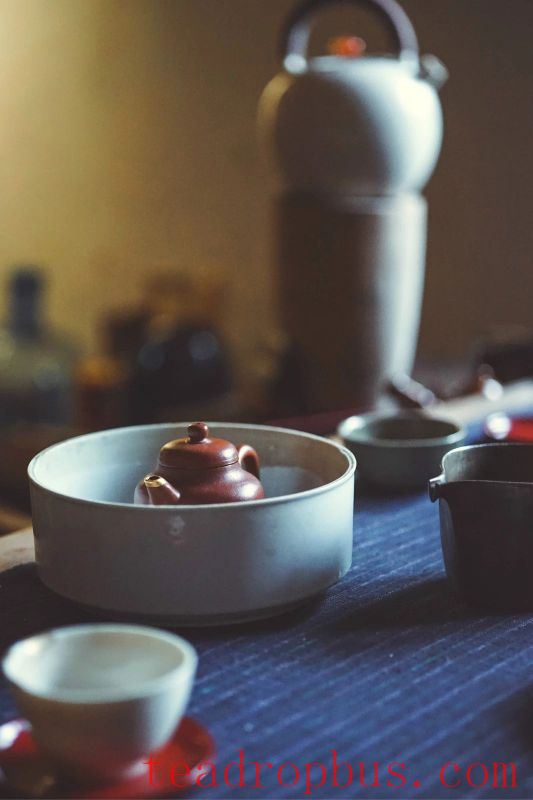
Sip the tea broth, watching the rising steam swirl, experiencing the warmth spreading throughout your body from within—it is one of the greatest joys of the autumn and winter seasons.
Since tea brewing is entirely different from steeping, the standards for evaluating tea are also different.
Aside from good taste and an appealing broth color, which are shared characteristics, steeping allows you to experience changes in taste with each infusion, while brewing seeks stability in taste.
If the richly varied tastes of steeped tea are memorable, then what is the allure of the consistent taste of brewed tea?
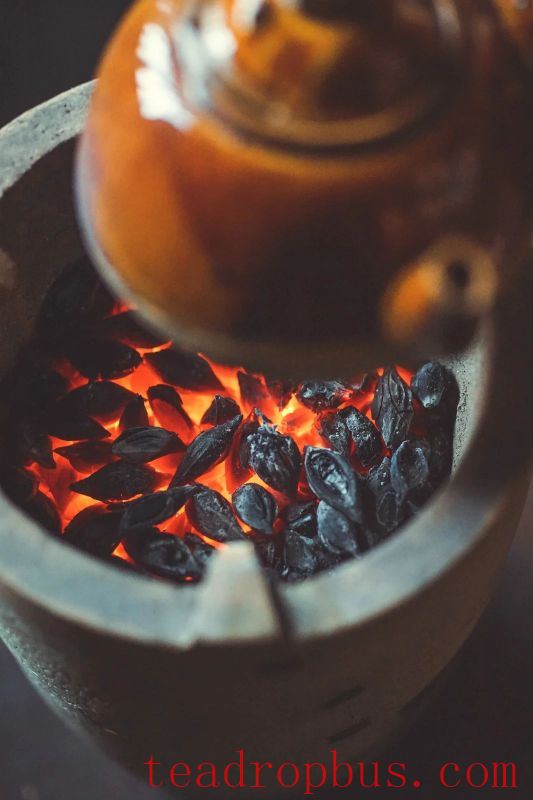
The answer is: the rich and varied sensory experience. Speaking of this, experienced tea lovers may immediately think of Lu Tong's poem about seven bowls of tea, no wonder he kept writing about bodily sensations rather than changes in taste.
The tea brewing method refers to cooking the tea in water before drinking. Directly placing the tea in a pot to cook was the most common way of Drinking Tea in China before the Tang Dynasty.
Lu Yu detailed the process in “The Classic of Tea.” In general, first grind the tea cake and prepare it for use, then start boiling water. Place carefully selected water in a pot and heat it with charcoal until almost boiling, add the ground tea.
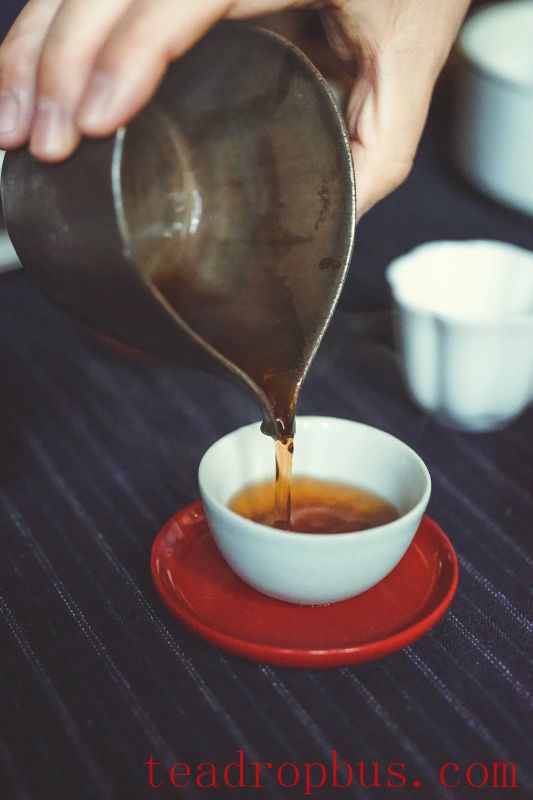
When the tea and water blend, foam appears at the second boil; the foam is small tea flowers, and the larger ones are the essence of the tea. At this point, scoop out the foam and place it in a heated bowl for later use.
Continue heating, and the tea and water further integrate, creating waves and ripples, known as the third boil. At this stage, pour the foam scooped out during the second boil back into the tea, strictly adjusting the amount based on the number of people. When the tea broth is ready, pour it evenly into everyone's bowls, symbolizing fair distribution and sharing the sweetness and bitterness equally.
The peak of Chinese Tea culture was in the Tang and Song dynasties, just like its politics and economy. Our ancestors drank their tea by brewing it during the Tang and Song dynasties, while the familiar steeping method we know today only formed after the Yuan Dynasty.

In ancient times, brewing tea was divided into: imperial brewing, Zen tea, scholar brewing, and folk brewing. Putting the tea directly in a pot to cook is the folk method, hence called folk brewing. Imperial brewing had the most steps and was the most elaborate.
The Ritual Tea Room believes that, aside from paying attention to the integration and unification of tea, utensils, water, and fire, it is even more important to emphasize the role of the person!
How do tea, utensils, water, and fire integrate? It is through the role of the person. Without a person, they are merely separate entities. Only through the role of a person can their value be discovered and enhanced.
Selecting Tea
When brewing tea, choose teas such as dark tea, aged Pu'er, old White Tea, or aged Tieguanyin. These teas, either through their processing or maturation over time, have lost their initial rawness and coolness, and their nature has become warmer.
After brewing, these teas will not be too bitter and astringent to drink, and their warm nature is perfect for dispelling the cold. Besides directly cooking the dry tea, you can also stew the tea leaves after they've been steeped. This method is often used for older teas, allowing the essence that wasn't released during steeping to fully extract, making it worthy of the years the tea has gone through.
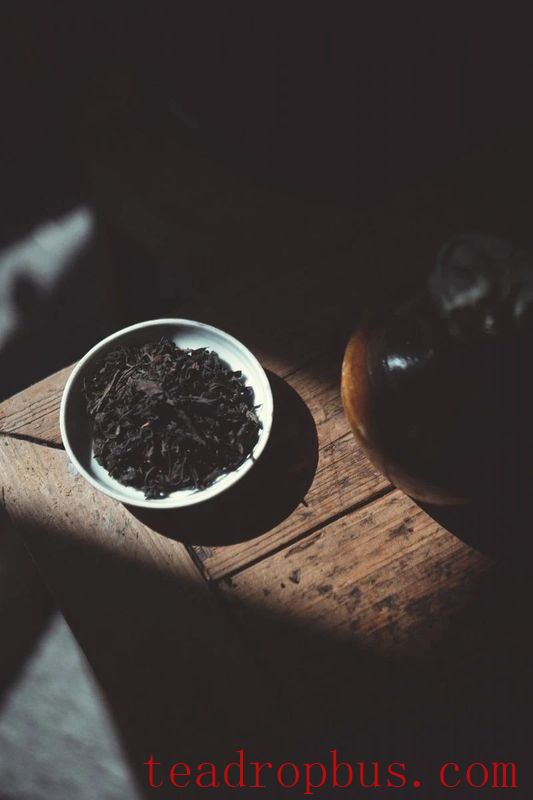
Cooking
The tea-to-water ratio for the tea brewing method is generally controlled around 5-6 grams of tea for 1000cc of water. Tea enthusiasts can experiment with this ratio to find what suits them best.
Unlike steeping, which requires strict ratios, if the tea broth is too light, you can simply add more tea or extend the cooking time; if it's too strong, adding some water and boiling it again will do. The tea can be placed directly into the pot or put in a tea bag for easier cleanup afterward.
It is worth noting that if using a tea bag, try to use a larger size so the tea has enough space to fully expand in the bag, resulting in a better broth texture.
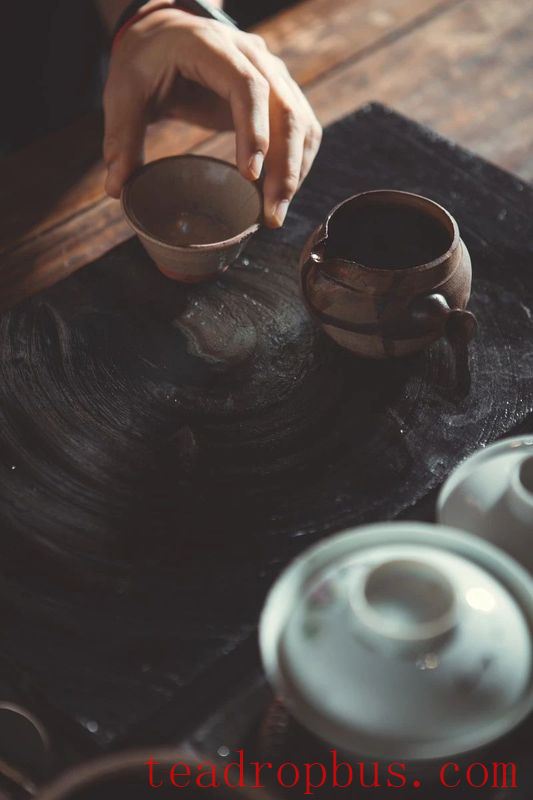
Simmering
Simmering for 60 to 120 minutes is recommended for the tea broth to achieve a rich and smooth quality. After simmering, pour the tea broth into a pitcher to serve, and keep the burner on low heat to keep it warm. If the tea broth is too strong, add an appropriate amount of water to the pot and bring it to a boil to adjust it to a concentration that matches your personal preference, adding a unique pleasure to the experience.
Liking tea brewing is not about the quality of the tea itself, but about the way of drinking it, spontaneous and without cumbersome rules.
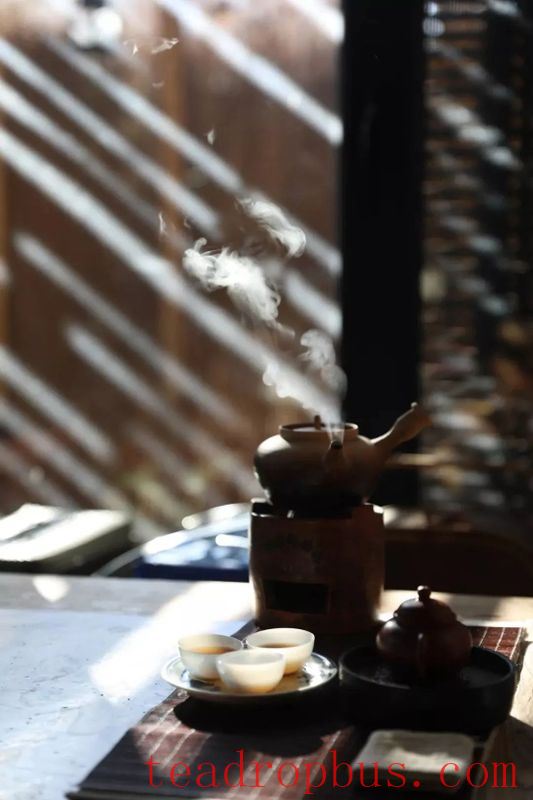
Gu Long said, “As long as the tea is hot, it won't be too bad.” The great swordsman had very simple expectations of tea: as long as it's hot, it can soothe a cold heart. Because hot things naturally have a warm quality, comforting and full, capable of softening all barriers. Sometimes, just a hint of warmth is enough to sweeten the dreams of an entire autumn night.
I enjoy drinking a cup of hot tea on every cold day. Where the tea comes from is not important, what matters is the temperature of that bowl of tea broth. With temperature comes flavor, memories, and stories.